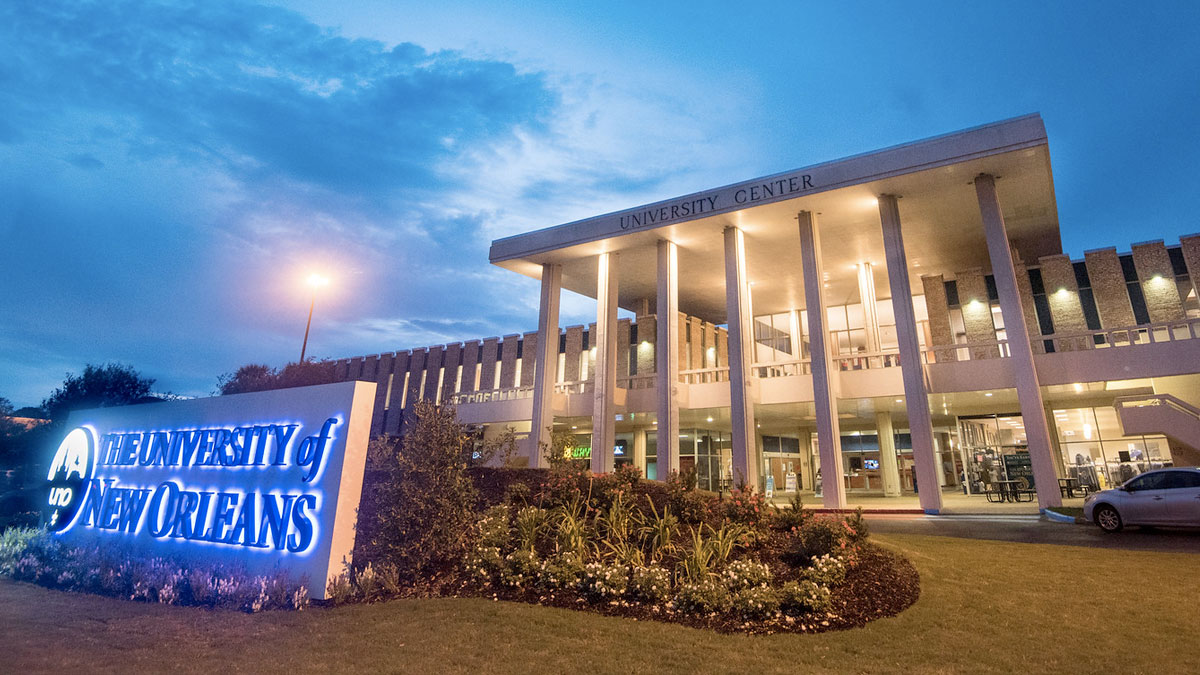The next phase of Easy Streets, known as the Walker Plan, could make the University safer for bikers and pedestrians as early as next semester.Easy Streets I concentrated on reducing automobile traffic throughout the University, and Easy Streets II will focus on bike and pedestrian safety, said Jason Soileau, assistant director of facility development.The first phase reduced traffic on roads through campus between 30 percent and 62 percent compared with data from 2004, according to Gary Graham, director parking, traffic and transportation.A consequence of car traffic reduction was an increase of bike usage, Soileau said.”Bike use exploded,” Soileau said. “[The next phase] is an effort to separate bikes and pedestrians.” Traffic engineers of Walker Parking Consultants conducted the Walker Plan and are working on the next installment of Easy Streets for more than a year, Graham said.The plan outlines three different scenarios to enhance bike use and pedestrian safety on campus.The first proposal of the plan suggests converting the core interior roads on campus to one-way streets, Soileau said.Dalrymple Drive at Highland Road to South Campus Drive at Highland Road would be converted to one-way streets with two-directional bike lanes, Graham said.Campus would lose 33 core parking spots in this model, and one-way streets would affect the efficiency of the Campus Transit system, Graham said.The second proposal abandons the one-way street concept and uses share the road arrows — or sharrows — to allow cars and cyclists to share the road, Graham said.This plan would cause campus to lose 116 core parking spots, Graham said.The third plan combines the first two and would have dedicated bike lanes, sharrow lanes and designated parking areas to make up for lost parking, Graham said.Walker Parking Consultants presented a revised proposal Dec. 1, and LSU’s Campus Multi Modal Transportation Management Team did not vote for the current scenarios, Soileau said.CMMTMT asked for the Walker Parking Consultants to clarify minor adjustments, such as lost parking, for a final report, Graham said.”It will be up to the committee to decide if they want to accept any or all of it,” Graham said.Graham said the report should be finalized by the end of the semester. Construction will start in 2010.”It will probably be a low-cost implementation with some signs and painting,” Soileau said. “We try to target site construction in terms of streets when minimal students are here. We would not do any construction that would impact students or bus routes.”Jerrica Crosby, English senior, said bikers traveling through campus are an inconvenience for pedestrians.”I can’t count how many times I’ve nearly gotten run over by bikes on the sidewalk or in the Quad,” she said.Alexander Mckey, general studies senior, said these plans could reduce the amount of pedestrians hit by bicycles.”It could also eliminate the amount of people on bikes getting hit by cars,” Crosby said.____Contact Kristin M’lissa Rowlett at [email protected]
Easy Streets II projected to promote cycling, bike safety
December 2, 2009






